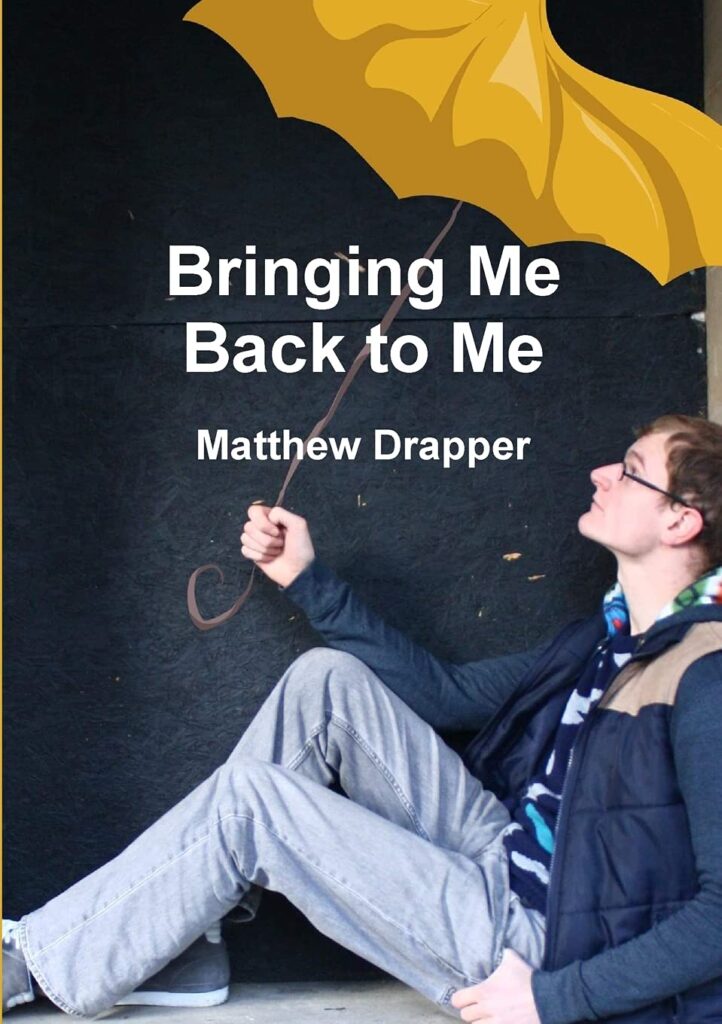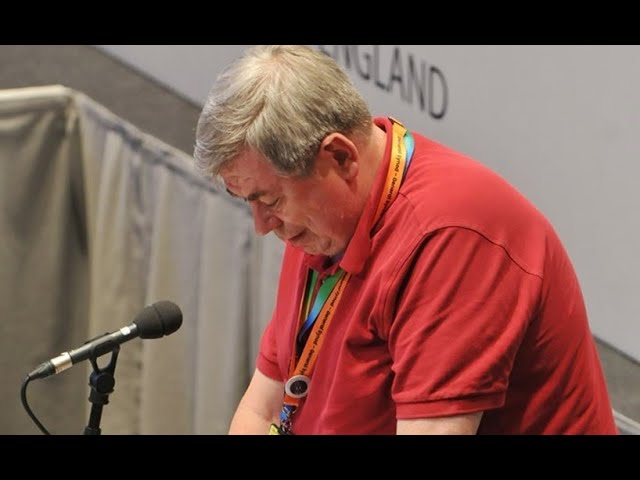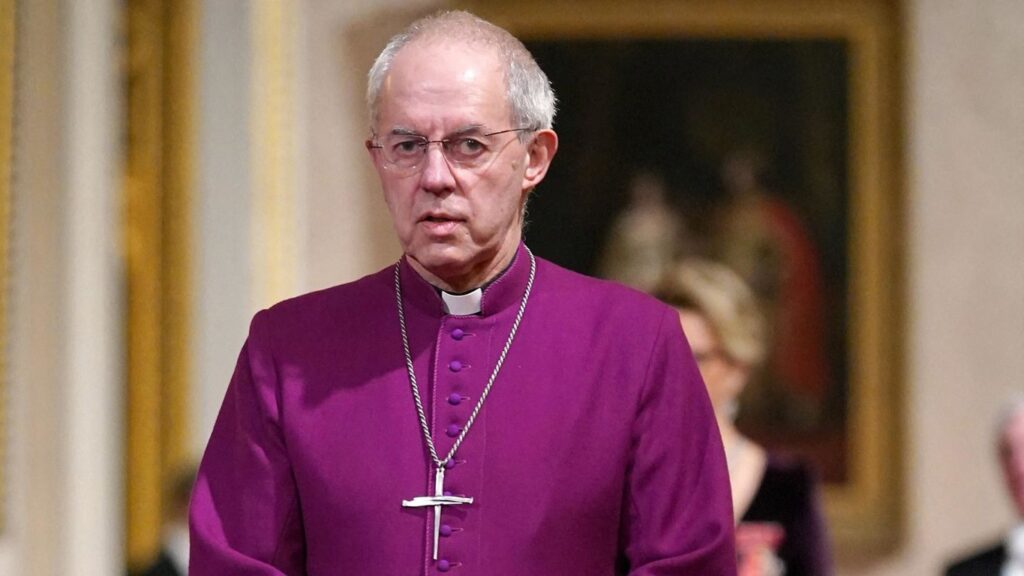
Before the July General Synod in York, I attended a secular wedding where the young ring bearer shyly approached the front of the gathering . To ease his nerves, the civil celebrant reverted to humour ; “ It’s alright son, you’re safe with me – I am not a real priest”.
Everyone laughed. I laughed too, even as I winced at the very low regard which ordinary people were comfortable to be publicly exhibiting at the mention of what a real priest represents in most people’s minds today. The witty quip works in the public sphere, because, sadly, real priests are no longer trusted (c.f., Church Times, https://www.churchtimes.co.uk/articles/2020/4-december/news/uk/public-trust-in-the-clergy-has-dramatically-decreased-in-recent-years-survey-finds).
As a member of the General Synod of the CofE for ten years, I was part of a body bearing a share of responsibility for that decline; during my term of office safeguarding scandal after scandal hastened the collapse in public opinion. In helping to bring those scandals to the attention of Synod members I had played a part in dragging the truth into the public domain thereby hastening the nation’s falling out of love with the Church. Yet these horror stories were only “the canary in the mine” signalling danger. As I lay my burden of responsibility down, here are my reflections on some of the other ongoing causes.
The late Queen was unquestionably committed to the health of the Church of England, but we now have a Supreme Governor who seems happier to commend the merits of other faiths. He has not yet visited the elected institution which significantly oversees the Established Church in his name.
His own well documented support for one of principal abusers – Bishop Peter Ball – is an awkwardness for him, but it might have been overcome with humility and honesty. However the institution he leads does not prioritise either in any real sense. When failure is identified the buck stops nowhere from top to bottom.
In 2018 a number of us sought to set out the multi-dimensional character of the Churches problems as viewed through the lens of those seeking justice transparency and accountability. Within the National Church. We did so in a book named Letter to a Broken Church. Looking back we were incredibly naive. We believed that if only people with knowledge experience and professional experience put the issues into the public domain the Church Authorities, Parliament and the public would be able to see the full depth of the problems. We hoped there would then be a serious engagement and a purposeful rectifying of the fundamental weaknesses that had facilitated both the harm and the cover-ups.
I think I first realised the complexity of our task when in the middle of addressing Synod at the Question and Answer session, I found myself stumbling across the question “Where does the buck stop?” nobody had an answer, and neither did I, so I began looking.
With the help of colleagues I realised that amongst the “McCavities” who are “never there” to own responsibility of failures are – the Archbishops, the House of Bishops, the Archbishops Council, the Secretary General, the Synod itself, its Standing Orders Committee, its Audit Committee, the establishments at Lambeth Palace and Church House, the Canon Law and its benefitting legal servants, the Charity Commission, and the Ecclesiastical Committee of Parliament.
At every turn, whether we are talking error , misjudgement, constitutional log jam, or , as some say, moral failure and/or corruption, there is an entrenched culture of plausible deniability. This is not the time to set out the evidence for this proposition; a simple Grok search will deliver multiple examples from this and other Blogs which have assiduously catalogued the problems in detail over the last decade. Their record of service to victims and the truth far exceeds that of the various responsible bodies of the National Church.
Some may wish to use the comment section to record which issues strike them as especially egregious.
Few invested within these structures are willing to speak openly with similar clarity, but many would be surprised at how many – and who – is willing to privately acknowledge that this most establishment of institutions is deeply dysfunctional in the face of the moral challenges it has faced.
A number of conscientious Synod members have confided in me that they have had enough and will not seek re-election; this is a disaster. When historic memory departs the culture of dysfunctional accountability will renew its confidence and dominance to the detriment of good governance.
A few Synod voices ended up expressing what others could not or would not say; it has not always been comfortable and whilst I saw a useful role, I remained. I no longer see that as a viable option. Synod is plainly part of the problem and not part of the solution. A few recent examples of will briefly illustrate.
In York this year following the death of Audit Committee member Clive Billeness I sought to finalise his work by raising issues he had told me he had intended to attend to immediately before he died.
Victims were getting no answers to legitimate questions about monies attributed to the; complaints against the Secretary General had disappeared without trace, credible evidence of impropriety in the presentation a document presented in legal proceedings had been detected by Clive in the exercise of his professional skills and his warnings were being ignored. The report f the Audit Committee rested on the authority of one member of Archbishops’ Council ( The body being audited) and a single elected member; he reported that the independent members had resigned but explanation was offered as to why and most extraordinary of all, he was flippantly incurious.
A “following motion” to ask that when brought up to strength the audit committee should revisit Clive’s concerns and report; although unusual. This it was in order having been approved through the legal office – very helpfully.
Yet again, the issue was timetabled late in the evening and again a member of the Standing Order Committee preferred to play what we simple Child Protection lawyers used to call “silly buggers” “Next business” was called before anyone had an opportunity to explain the merits of the case. The vote was taken without the serious merits of the case being heard.
Although I have already decided I would be resigning, this confirmed the wisdom of my decision. I am convinced that Synod is not a place where serious reform has any prospect of being initiated from the grass roots, and much of the superstructure of power is as complicit in the injustices as our victims are telling us.
One small additional anecdote; Clive was so concerned at the rational inexplicability of some attitudes and outcomes, that he had begun to seriously consider the influence of Freemasonry. He had acquired the forty year old report to Synod which had overwhelmingly accepted and expressed concerns at its influence. Freemasonry has traditionally had strength within the cultures of the Law, the Civil Service, some parts of the Church and the police (from whom many safeguarding advisors are drawn – all of which are “in the mix” in the eyes of reformers like myself.
I asked a Synod question on what happened to the report – and the response from the Bishop of Europe was not dismissive but he lightly confessed that he had had trouble locating it – which raised a few smiles. Suffice it to say – and without breaking confidences – I was surprised at who sought me out to confess that they too shared Clive and my concerns. I hope somebody picks up the baton. But I doubt this will happen. Freemasonry is not something that those running the agenda of General Synod really want discussed. You can draw your own conclusions from that.
More generally, we often hear that “Synod is over managed” – it is a common internal complaint. “The same people get called to speak”; “ I never get called in debate”; at Synod Q&As, questions are evaded – “they treat us like fools as if we don’t notice” etc.
So 18 months ago, I and a few others called a meeting of the House of Laity to offer everyone and anyone a chance to set out their grievances and above all to listen. There was no mono directional motion. It was timetabled for late in the evening and many absented themselves. After one dissenting voice was called and declared “ We can discuss this down the pub” a canny member of the Standing Order Committee moved “next business” it was carried so the debate ended. No supportive voice from the floor got a word in. There was frustration and anger at the game playing on display.
Did we all “go down the pub”? Did we discuss it outside of our circle of friends: did we hear from those outside our “tribe”. The initiative was killed off by shallow naivety and gamesmanship from the establishment.
As for myself , now that I have time on my hands I am free to indulge a separate passion – to learn to play guitar in the “gypsy jazz” style of Django Reinhardt – an equally challenging task to reforming the CofE.
I am however encouraged by a superb mentor who not only can hold his own with the world’s greatest players, but is acknowledged to be one of the finest teachers in the genre. It is refreshing to work with those who know what they are doing.
As he unpacks the mysteries of crafting a limitless flow of complex innovative improvisations, he breaks his approach down into small steps and principles – the motif, the minor 6th arpeggio, the “quotation” etc . His zen like mantra is always “This is simple – but difficult”.
The Established Church is utterly in love with its “special” status; outsiders disturbing its sustaining of complexity are to be resisted by all means possible. It will not change easily. I have come to realise that the remedy is indeed “simple- but difficult”
I confess that I have become a late convert to the view that putting this right will only begin with the root and branch reform that would follow disestablishment of the Church of England. Nothing less will suffice. Only that end will, finally, place the Church of England under the same laws that govern every other person and institution.
Disestablishment will stop the Church of England being “a law unto itself”, marking its own homework on safeguarding, perpetrating discrimination, abusing HR, ignoring employment law, and otherwise “straining the gnat whilst swallowing the camel” (Mt.23: 24). That day cannot come quickly enough.








